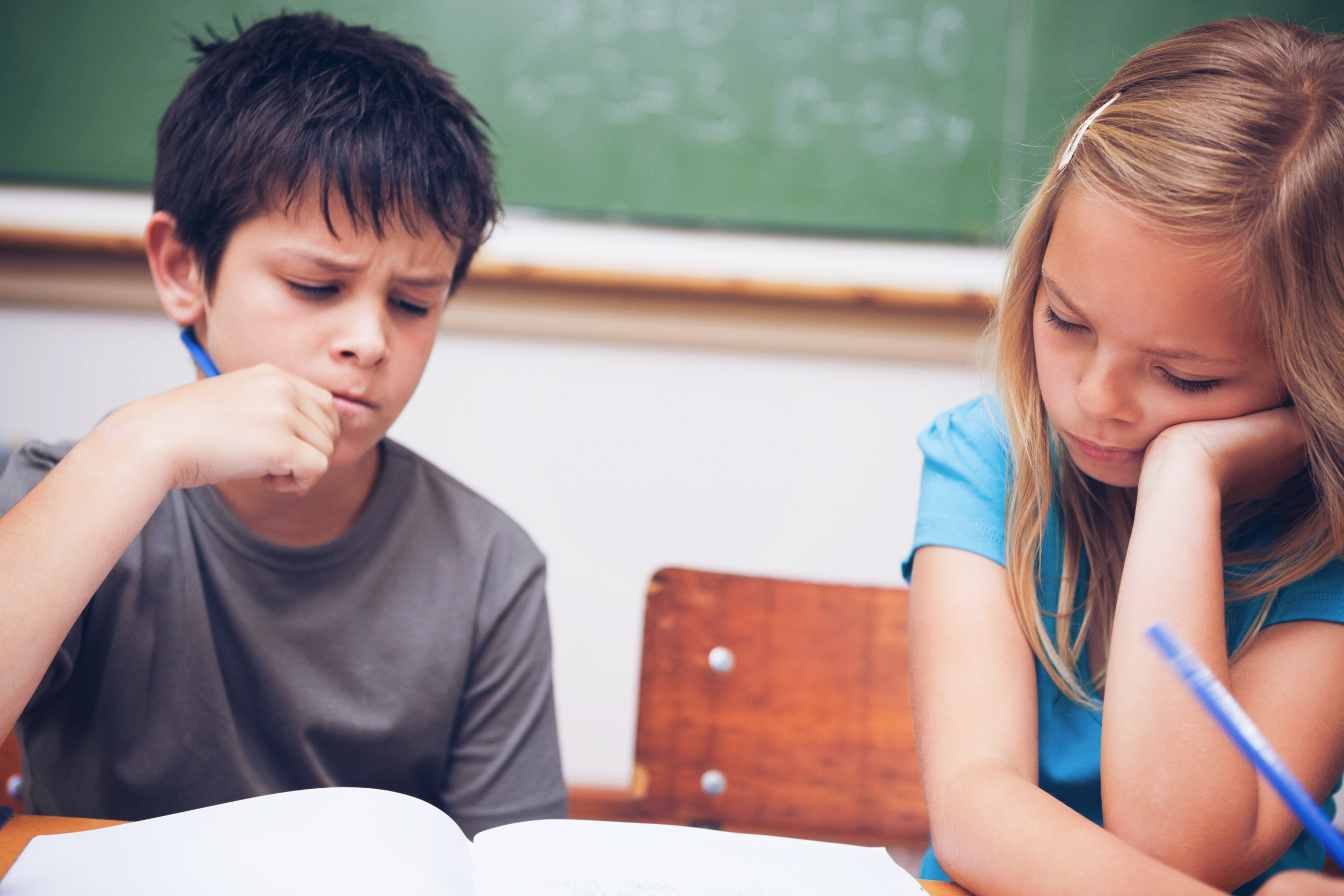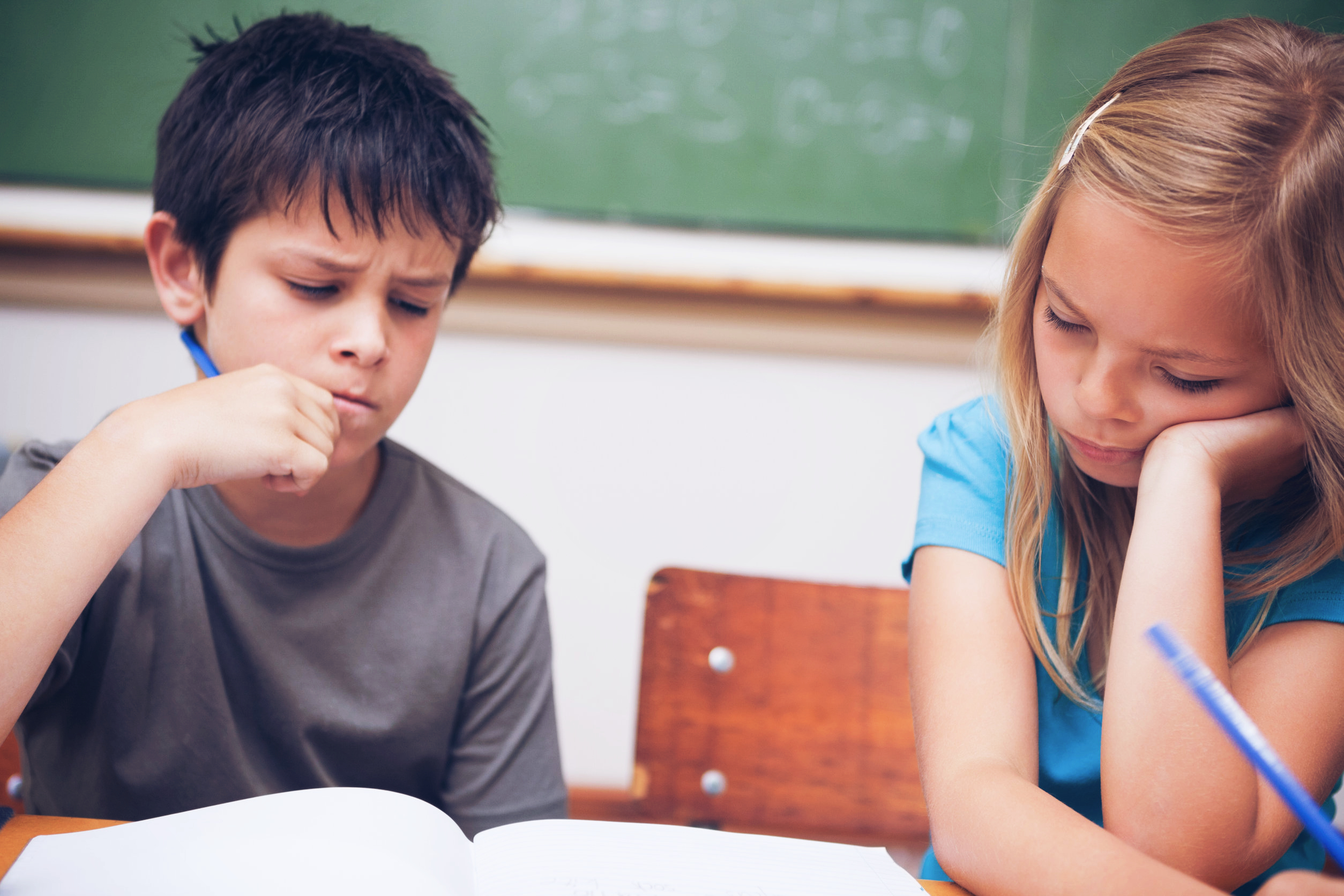In today's fast-paced world, literacy has become an essential skill that everyone should have. However, despite the importance of literacy, many students are struggling to read and write. This struggle has created an achievement gap, where some students excel while others lag behind. The achievement gap is a serious problem that needs to be addressed urgently. One way to tackle the achievement gap is through student tutoring programs. In this blog post, we'll explore how literacy programs for kids can help bridge the achievement gap and how student tutoring programs can be an effective solution.
Literacy Programs
Literacy programs for kids are designed to help students improve their reading, writing, and communication skills. These programs aim to create a strong foundation for students to build upon and help them become more confident and competent readers and writers. Programs can be implemented in schools or after-school programs, and they can be targeted toward specific grade levels or students who need extra help.
One of the most significant advantages of such programs is that they can help close the achievement gap. The achievement gap is the difference in academic performance between students from different socio-economic, racial, or ethnic backgrounds. Students from low-income families or minority groups often perform poorly in academics compared to their peers. These programs can help these students catch up to their peers and perform at their level.
Another advantage of these programs is that they can be tailored to meet the needs of individual students. Students have different learning styles and levels of comprehension, so it is essential to provide personalized instruction to help them improve their literacy skills. These literacy programs can be designed to cater to different learning styles, such as visual, auditory, or kinesthetic learners. They can also provide one-on-one or small group instruction to allow for personalized attention and support.

Student Tutoring Programs
One of the most effective ways to implement literacy programs is through student tutoring programs. Student tutoring programs involve pairing students who need extra help with tutors who can provide one-on-one or small-group instruction. The tutors can be older students, teachers, or community volunteers who have expertise in literacy instruction.
Student tutoring service programs can be an effective way to address the achievement gap because they provide targeted support to students who need it. These programs can help struggling students catch up to their peers and perform at their level. Additionally, student tutoring programs can help improve the confidence and self-esteem of struggling students. By providing personalized attention and support, tutors can help students feel more confident in their abilities and motivate them to work harder.
Moreover, student tutoring services programs can help build a sense of community and support. By pairing older students with younger students or community volunteers with students, student tutoring programs can help foster a sense of community and support. These programs can help students develop positive relationships with their tutors and other students, which can help them feel more connected to their school and community.
Implementing Student Tutoring Programs
Implementing student tutoring programs requires careful planning and preparation. Here are some steps schools or after school programs Jacksonville FL can take to implement student tutoring programs effectively:
- Identify Students Who Need Extra Help: Schools or after-school programs should identify students who need extra help in reading, writing, or communication skills. These students can be identified through assessments, teacher recommendations, or other criteria.
- Recruit Tutors: Schools or after-school programs should recruit tutors who have expertise in literacy instruction. Tutors can be older students, teachers, or community volunteers. It is essential to provide tutors with training and support to ensure they are effective in their roles.
- Pair Students with Tutors: Schools or after school learning programs should pair students who need extra help with tutors who can provide one-on-one or small-group instruction. It is essential to consider the learning styles and levels of comprehension of both the student and tutor when pairing them.
- Set Goals and Expectations: Schools or after-school programs should set goals and expectations for the student tutoring services program. Goals could include improving reading or writing skills by a certain level or increasing confidence and motivation. Expectations could include regular meetings between the student and tutor, attendance requirements, and progress reporting.
- Provide Resources: Schools or after-school programs should provide resources to support the student tutoring program. Resources could include books, educational materials, and technology tools to aid in instruction. It is essential to ensure that the resources provided are appropriate for the students' ages and skill levels.
- Monitor Progress: Schools or after school programs should monitor the progress of the student tutoring program regularly. Progress monitoring can help identify areas where additional support is needed and ensure that the program is effective in achieving its goals.
Conclusion
Tackling the achievement gap through student tutoring programs is an effective way to improve literacy skills among students who are struggling. Literacy programs for kids, combined with student tutoring programs, can help create a strong foundation for students to build upon and become more confident and competent readers and writers. By implementing effective student tutoring programs, schools or after-school programs can provide targeted support to students who need it and help them catch up to their peers. Furthermore, student tutoring programs can help build a sense of community and support, which can help students feel more connected to their school and community. With careful planning and preparation, student tutoring programs can be an effective solution to the achievement gap and help improve the academic success of all students.
Related Tag: Jacksonville Tutoring Services


